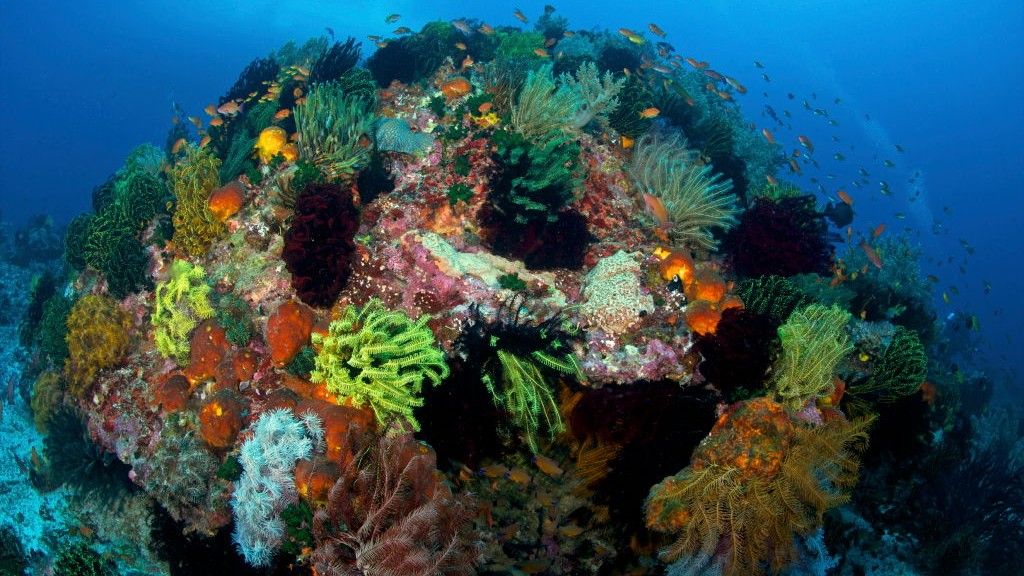Summary of the Coral Triangle
The Coral Triangle is a tropical marine region located between the Pacific and Indian Oceans, covering approximately 2.3 million square miles around the Philippines, Indonesia, Papua New Guinea, East Timor, Malaysia, and the Solomon Islands. It hosts 76% of the world’s coral species, with about 605 reef-forming species—ten times more than the Caribbean, making it the most biodiverse marine area on the planet. This region is also home to six of the seven sea turtle species, 37% of global reef fish species, and various marine mammals, earning it the nickname "Amazon of the Sea."
Historically, the region has fascinated scientists, including Alfred Russell Wallace, who contributed to understanding its biodiversity and established the "Wallace Line," separating faunal regions. Recent research indicates that unique geological features and stable tropical conditions have allowed species diversity to accumulate over millions of years.
Despite its rich biodiversity, the Coral Triangle faces threats from overfishing, pollution, and climate change. However, its murky waters may offer some resilience against these threats. Conservation efforts are crucial for preserving this vital ecosystem, which is often overlooked.


